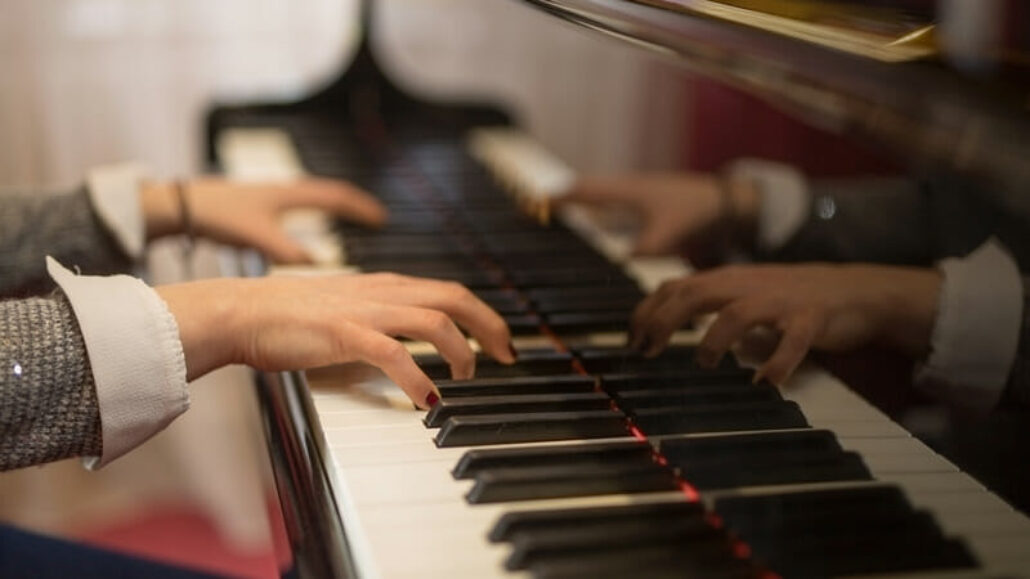Our hands are complex and essential tools. This overview explains the anatomy of the hand, and the structures that make our hands such dependable helpers.
Whether we are extending a hand in friendship or lending a hand at work, we depend on our hands as we move through our day. We need flexibility and coordination to position our fingers and thumbs as we use a keyboard, play an instrument, or perform other fine motor skills. Muscle strength enables us to bend or straighten our wrist, and to grip objects.
The structures of the hand include bones, joints, ligaments, tendons, muscles, nerves, and blood vessels.
Bones of the hand
The 27 bones in the hand can be categorized by position:
- Carpal bones: These eight bones are found in the wrist. They are connected to the two forearm bones to form the wrist joint.
- Metacarpal bones: The five metacarpals are found in the palm. They connect to the carpals at the base of the palm. Along the top of the palm, one metacarpal bone is connected to the small shafts of bone that form each of the fingers and thumb, forming our knuckle joints.
- Phalanges: These 14 bones make up our fingers and thumb. Each finger has three phalanges that connect to each other, forming two finger joints in each finger. The thumb has only two phalanges and one joint.
Connective tissues
These bones are held together by a system of ligaments, tendons, muscles, nerves, and blood vessels.
- Ligaments are tough bands of tissue that connect bones and stabilize joints. Ligaments tighten as a finger is straightened, and keep the finger bones from bending back too far, or hyperextending the joint.
- The tendons attach to muscle in the forearm. They travel from the forearm through the wrist and into the fingers. The tendons attached to the underside of the forearm bones bend the thumb and fingers; they are called flexors. The tendons that straighten our thumb and fingers connect to the top of the forearm bones, and are called extensors.
- Most of the muscles that operate the hand are anchored in the elbow or forearm. Some muscles are responsible to bend or straighten the wrist; others move the fingers or thumb. Some of the small muscles that work our fingers and thumb are anchored on our carpal bones.
- The three nerves in the hand and fingers begin together at the shoulder. These nerves travel down into the hand side by side with the blood vessels that supply the hand with blood. Nerves carry signals from the brain to move the muscles in the arm, hand, fingers, and thumb. These nerves also carry signals from the hand back to the brain to communicate sensations like touch, pain, and temperature.
Our ability to use our hands depends on how well our bones, ligaments, tendons, muscles, nerves, and blood vessels work together. Because the function of our hands is integrated through our wrists and arms to our shoulders, a problem anywhere along our arm may have a significant impact on hand function and quality of life.
Summit Orthopedics provides personalized hand and wrist expertise
The function of our hands is integrated through our wrists and arms to our shoulders; a problem anywhere along our arm may have a significant impact on hand function and quality of life. If you experience an injury or uncomfortable symptoms, our fellowship-trained hand and wrist surgeons are here to help. Summit physicians receive the highest levels of training and exclusively provide individualized care for conditions of the hand, wrist, and elbow.
Start your journey to better function and less pain. Find your hand expert, request an appointment online, or call us at (651) 968–5201 to schedule a consultation.
Summit has convenient locations across the Minneapolis-St. Paul metro area, serving Minnesota and western Wisconsin. We have state-of-the-art centers for comprehensive orthopedic care in Eagan, MN, Plymouth, MN, Vadnais Heights, MN, and Woodbury, MN, as well as additional community clinics throughout the metro and southern Minnesota.
Related resources for you
- Check out more on Nerves in Hand
- Ask Dr. Parisi: Questions To Ask About Hand Surgery
- Ask Dr. Parisi: Questions For Your Hand Surgeon
- Learn about Summit’s Hand Services
- Can You Break Your Hand Without Realizing It?
